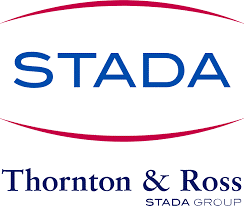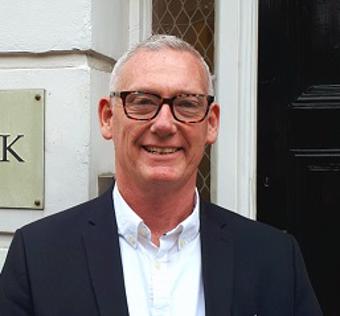Chris Harris editor of Today’s Conveyancer and consultant with Practical Vision explores the practical implications of the changes in the conveyancing market…
In 2008, Professor Richard Susskind published “The End of Lawyers” which explored the impact of information technology, commoditisation, outsourcing and external capital on the whole legal profession. Conveyancing has been one of the areas most affected by these changes but it has also faced the consequences of the consumer credit expansion and crunch at the same time.
Statistics show that there were 1.47M housing transactions in England and Wales in 2006 and this fell to 0.77M in 2009, with 2010 and 2011 still remaining below 0.8M according to HMRC. In reality, the number of housing transactions nearly halved.
The resulting impact on lenders has exposed levels of fraud and negligence which has, in turn, resulted in the considerable tightening of lender panels. In February this year, HSBC decided that only 43 firms could act for it in mortgage transactions after citing the FSA Thematic Review of Mortgage Fraud as one reason for making this change. Many people - including Eddie Goldsmith of the Conveyancing Association - have described the conveyancing market as “facing the perfect storm”.
At Today’s Conveyancer we have gone back over old land registry data to see just how much some of these factors have altered the market. One of the most interesting statistics that we have uncovered is that in 2005 the top 100 conveyancers had 14.6% market share but by June 2012 they accounted for 26.8%.
The key question therefore must be: ‘what is happening and what can you do to protect your firm?’
At one end of the market, there are thousands of small firms struggling to cope and the economic downturn which means there is a greater supply of conveyancers than there is demand. Lenders are also removing low volume firms from panels, the cost of regulation continues to rise with OFR, routes to market are more challenging and well known consumer brands – such as The Co-operative - are starting to sell conveyancing. We also know of firms where a single claim has resulted in 50% hikes in insurance as well as examples of businesses which can’t obtain cover at all.
Unfortunately, many of these firms have been unable to differentiate the product and service that they offer and as a result market forces have driven work to larger firms. Des Hudson, the chief executive of the Law Society, regularly states that conveyancers need to understand that “survival is voluntary”, which implies that many firms need to change to survive.
The largest firms are now very busy training paralegals and gaining market share in a flat market. Whilst their prices are lower than many traditional conveyancers, so too are their costs. Professor Susskind recently commented in an interview with Legal Futures: “I believe we will have legal factories, legal production centres where the routine work is done in different places”.
This has been happening for some time in conveyancing and the larger factories are benefiting from economies of scale, low cost areas of production and strong compliance teams – all of which result in good claims records.
Firms should contemplate whether all of the 4,500 firms that make applications to the Land Registry every month will still be conducting conveyancing in five years. If you’re uncertain as to whether you’ll be one of them, then plan your exit now. However, if you still see it as a core activity for your business then we suggest you consider the following:
Conveyancing Quality Scheme Accreditation is now a must have requirement for solicitors following Santander’s announcement that only firms on CQS can act for it from next year onwards
Avoid high-risk work that lenders are worried about, like below market value transactions or property clubs
If you don’t pay referral fees then reevaluate this and consider increasing volumes to stay above lender thresholds
Consider the growing risk of vendor conveyancer negligence, fraud or cloning attacks in your compliance processes.
After talking to one leading estate agent recently, it seems that some agents are concerned about the levels of work that are going into the largest firms. As a result, many are now looking for smaller firms that want to expand as business partners; this could be a good option for those wanting to stay operating in the sector.
About Chris: Chris is a leading commentator and consultant on the conveyancing market. He not only edits Today's Conveyancer the leading provider of independent news to the conveyancing sector he also advises many firms on how to conduct conveyancing profitably in these challenging times. To learn more about Chris, his work at Today's Conveyancer and to sign up to the firm's newsletter, please visit www.todaysconveyancer.co.uk










